Tag: saddle
 Wikipedia says: The saddle is a supportive structure for a rider of an animal, fastened to an animal’s back by a girth. The most common type is the equestrian saddle designed for a horse. However, specialized saddles have been created for oxen, camels and other animals. It is not known precisely when riders first began to use some sort of padding or protection, but a blanket attached by some form of surcingle or girth was probably the first “saddle”, followed later by more elaborate padded designs. The solid saddle tree was a later invention, and though early stirrup designs predated the invention of the solid tree. The paired stirrup, which attached to the tree, was the last element of the saddle to reach the basic form that is still used today.
Wikipedia says: The saddle is a supportive structure for a rider of an animal, fastened to an animal’s back by a girth. The most common type is the equestrian saddle designed for a horse. However, specialized saddles have been created for oxen, camels and other animals. It is not known precisely when riders first began to use some sort of padding or protection, but a blanket attached by some form of surcingle or girth was probably the first “saddle”, followed later by more elaborate padded designs. The solid saddle tree was a later invention, and though early stirrup designs predated the invention of the solid tree. The paired stirrup, which attached to the tree, was the last element of the saddle to reach the basic form that is still used today.
There is evidence, though disputed, that humans first began riding the horse not long after domestication, possibly as early as 4000 BC. The earliest known saddle-like equipment were fringed cloths or pads used by Assyrian cavalry around 700 BC. These were held on with a girth or surcingle that included breast straps and cruppers. From the earliest depictions, saddles became status symbols. To show off an individual’s wealth and status, embellishments were added to saddles, including elaborate sewing and leather work, precious metals such as gold, carvings of wood and horn, and other ornamentation.
The North Iranian Eurasian nomads known in Europe as Scythians and in Asia as Saka developed an early form of saddle with a rudimentary frame, which included two parallel leather cushions, with girth attached to them, a pommel and cantle with detachable bone/horn/hardened leather facings, leather thongs, a crupper, breastplate, and a felt shabrack adorned with animal motifs. These were located in Pazyryk burials finds. These saddles, found in the Ukok Plateau, Siberia were dated to 500-400 BC. Iconographic evidence of a predecessor to the modern saddle has been found in the art of the ancient Armenians, Assyrians, and steppe nomads depicted on the Assyrian stone relief carvings from the time of Ashurnasirpal II. The Scythians also developed an early saddle that included padding and decorative embellishments. Though they had neither a solid tree nor stirrups, these early treeless saddles and pads provided protection and comfort to the rider, with a slight increase in security. The Sarmatians also used a padded treeless early saddle, possibly as early as the seventh century BC and ancient Greek artworks of Alexander the Great of Macedon depict a saddle cloth.
Early solid-treed saddles were made of felt that covered a wooden frame. Asian designs appeared during China’s Han dynasty approximately 200 BC. One of the earliest solid-treed saddles in the Western world was the “four horn” design, first used by the Romans as early as the 1st century BC. Neither design had stirrups.
The development of the solid saddle tree was significant; it raised the rider above the horse’s back, and distributed the rider’s weight on either side of the animal’s spine instead of pinpointing pressure at the rider’s seat bones, reducing the pressure (force per unit area) on any one part of the horse’s back, thus greatly increasing the comfort of the horse and prolonging its useful life. The invention of the solid saddle tree also allowed development of the true stirrup as it is known today. Without a solid tree, the rider’s weight in the stirrups creates abnormal pressure points and makes the horse’s back sore. Thermography studies on “treeless” and flexible tree saddle designs have found that there is considerable friction across the center line of a horse’s back.
The stirrup was one of the milestones in saddle development. The first stirrup-like object was invented in India in the 2nd century BC, and consisted of a simple leather strap in which the rider’s toe was placed. It offered very little support, however. The nomadic tribes in Mongol are thought to have been the inventors of the modern stirrup, but the first dependable representation of a rider with paired stirrups was found in China in a Jin Dynasty tomb of about 302 AD. The stirrup appeared to be in widespread use across China by 477 AD, and later spread to Europe. This invention gave great support for the rider, and was essential in later warfare.
Post-classical West Africa
Accounts of the cavalry system of the Mali Empire describe the use of stirrups and saddles in the cavalry . Stirrups and Saddles brought about innovation in new tactics, such as mass charges with thrusting spears and swords.
Middle Ages
Saddles were improved upon during the Middle Ages, as knights needed saddles that were stronger and offered more support. The resulting saddle had a higher cantle and pommel (to prevent the rider from being unseated in warfare) and was built on a wooden tree that supported more weight from a rider with armor and weapons. This saddle, a predecessor to the modern Western saddle, was originally padded with wool or horsehair and covered in leather or textiles. It was later modified for cattle tending and bullfighting in addition to the continual development for use in war. Other saddles, derived from earlier, treeless designs, sometimes added solid trees to support stirrups, but were kept light for use by messengers and for horse racing.
Modernity
The saddle eventually branched off into different designs that became the modern English and Western saddles.
One variant of the English saddle was developed by François Robinchon de la Guérinière, a French riding master and author of “Ecole de Cavalerie” who made major contributions to what today is known as classical dressage. He put great emphasis on the proper development of a “three point” seat that is still used today by many dressage riders.
In the 18th century, fox hunting became increasingly popular in England. The high-cantle, high-pommel design of earlier saddles became a hindrance, unsafe and uncomfortable for riders as they jumped. Due to this fact, Guérinière’s saddle design which included a low pommel and cantle and allowed for more freedom of movement for both horse and rider, became increasingly popular throughout northern Europe. In the early 20th century, Captain Frederico Caprilli revolutionized the jumping saddle by placing the flap at an angle that allowed a rider to achieve the forward seat necessary for jumping high fences and traveling rapidly across rugged terrain.
The modern Western saddle was developed from the Spanish saddles that were brought by the Spanish Conquistadors when they came to the Americas. These saddles were adapted to suit the needs of vaqueros and cowboys of Mexico, Texas and California, including the addition of a horn that allowed a lariat to be tied or dallied for the purpose of holding cattle and other livestock.
Showing 1–16 of 402 resultsSorted by latest
-

Image ID: AZLV
$0.99 -
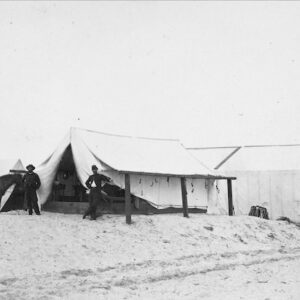
Image ID: AZLW
$0.99 -
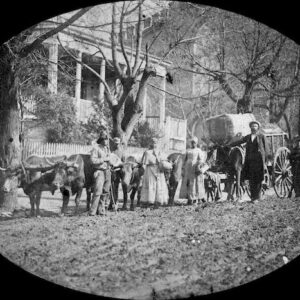
Image ID: AZMN
$2.99 -
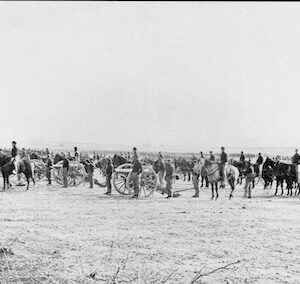
Image ID: AZMU
$1.99 -
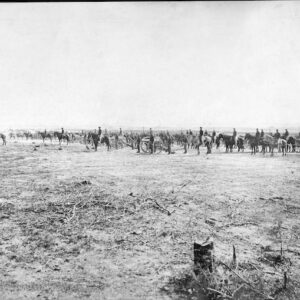
Image ID: AZMV
$3.99 -

Image ID: AZMZ
$0.99 -

Image ID: AZOF
$1.99 -

Image ID: AZLO
$2.99 -

Image ID: AZCU
$1.99 -
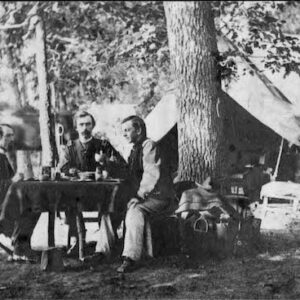
Image ID: AZDA
$0.99 -

Image ID: AZDH
$0.99 -

Image ID: AZEB
$0.99 -

Image ID: AZEH
$0.99 -
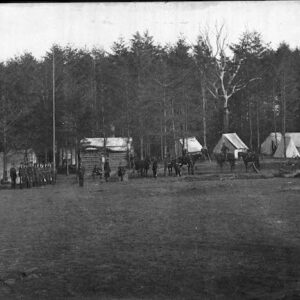
Image ID: AYZJ
$0.99 -

Image ID: AYZN
$0.99 -
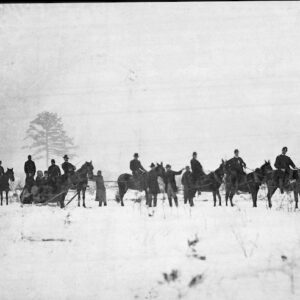
Image ID: AYXC
$0.99